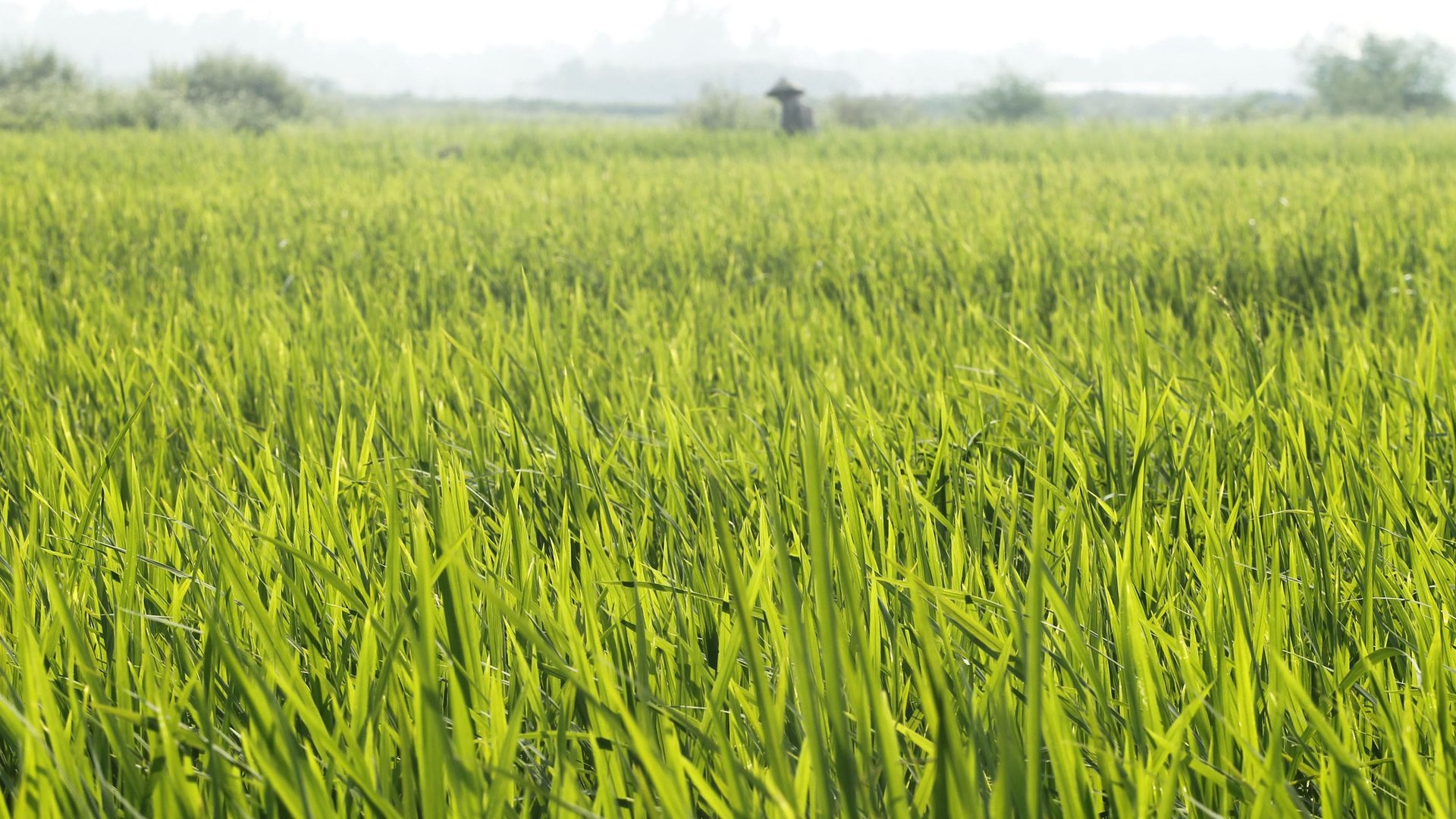The carbon dioxide we pump into the atmosphere is making our food less nutritious
The carbon dioxide humans pump into Earth’s atmosphere is doing more damage to the global food system than once thought. Beyond physically changing weather conditions and the land on which farmers grow crops, new evidence shows excess carbon dioxide is deteriorating the nutritional quality of some food plants.


The carbon dioxide humans pump into Earth’s atmosphere is doing more damage to the global food system than once thought. Beyond physically changing weather conditions and the land on which farmers grow crops, new evidence shows excess carbon dioxide is deteriorating the nutritional quality of some food plants.
A study published this week in the journal Science Advances specifically focuses on rice, which under higher carbon dioxide concentrations experiences a reduction in iron, zinc, protein, and vitamins B1, B2, B5, and B9.
There isn’t a deep body of evidence yet on the topic of how carbon dioxide changes nutritional profiles, even though the effects of such a phenomenon could dramatically impact the lives of hundreds of millions—particularly those in less developed countries that rely on grains as a major source for calories. As part of their research, the scientists specifically focused on countries where more than half of the average person’s calories come from rice. The rate of impact is still unclear.
“It’s something that we need to be aware of and it’s something that we need to evaluate,” says Lewis Ziska, a US Department of Agriculture plant physiologist who is on the research team. “The risk is going to be especially egregious for the poorest people in the world.”
In wealthier societies with access to more diverse diets, people are less likely to feel the impact as acutely. Still, Ziska cautions that every living thing has the potential of being affected. More research needs to take place, but Ziska wonders how the plant-nutrition effects of rising carbon dioxide levels might impact bees, or species that already have a limited number of food sources. Pandas, for instance, eat only bamboo, and koala bears munch mostly on eucalyptus tree leaves.
As part of their research, the scientists grew 18 varieties of rice at sites in China and Japan. At each site they also built a 17-meter-wide (56 feet) plastic piping system placed about 30 centimeters (1 foot) above the tops of the plants. The pipes would release carbon dioxide into the environment, which was measured by a network of sensors and monitors.
“This technique allows us to test the effects of higher carbon dioxide concentrations on plants growing in the same conditions that farmers really will grow them some decades later in this century,” says Kazuhiko Kobayashi, a co-author of the study from the University of Tokyo, in a press release.
The study made a point to specifically mention the more than 600 million people living in Bangladesh, Cambodia, Indonesia, the Lao People’s Democratic Republic, Myanmar, Vietnam, and Madagascar as being particularly at the greatest risk if the quality of their primary food plummets.